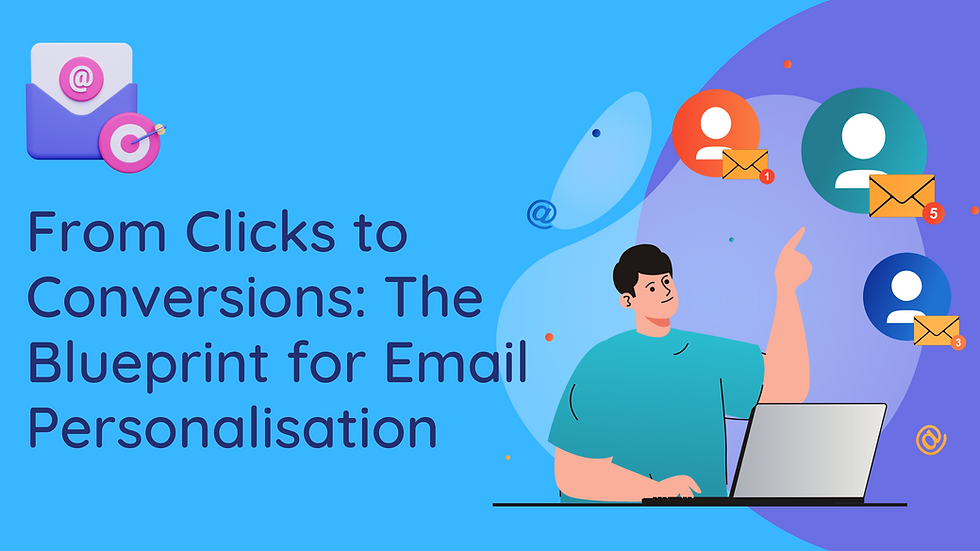Ever received an email that felt like it was written just for you? That's the magic of personalization. But as your subscriber list starts to look like the population of a small city, how do you keep that magic alive?

Certainly not by, Hello there, just Hello or Hello [first name], which, believe it or not, still happens from time to time.
Why Does It Matter?
Imagine walking into a cafe where the barista knows your name and your favourite drink. That's what personalized emails feel like. It creates a genuine connection with your subscribers, turning them into brand advocates. The numbers prove it, Personalised emails generate 26% more engagement rate than generic ones.
But how do you go about personalisation at scale?
As subscriber lists expand, the complexity of managing individual preferences grows. There are technical challenges like database management and automation workflows. The risk? Losing the personal touch and appearing automated.
Segmentation is how you crack this.
Imagine your email list as a bustling city. Segmentation is like creating neighbourhoods, each with its own vibe and preferences. By sending tailored content to each 'neighbourhood,' you're ensuring everyone feels at home.
Tips for Effective Email Segmentation:
Start with Basic Demographics. Age, location, and gender are the starting points. For instance, a winter clothing promotion might not be relevant for subscribers in tropical regions.
Dive Deeper with Behavioral Data, and track subscriber interactions. For example, if a subscriber often reads articles about vegan recipes, they might appreciate an email about vegan product launches. Platforms like ActiveCampaign or ConvertKit offer advanced segmentation features, while AI tools can predict future behaviours based on past interactions.
Last but not least, regularly update and refine your segments. As subscribers' behaviours and preferences evolve, so should your segments.
So, what are the things in an email that you should personalise?
The subject line is the easy one. It ensures your emails are getting opened.
The content: Make use of dynamic content: Example: A beauty brand might showcase skincare products for one segment and makeup products for another.
The offers: Making two or three offers, discounts or deals for your subscribers doesn't cut it. Did deeper here and create dynamic offers to get maximum return on your investment.
Some other things that go without saying are, using a consistent brand tone and A/B testing your emails to see what's working. Put a little effort into segmentation and personalisation to see your email engagement skyrocket.


Comentarios